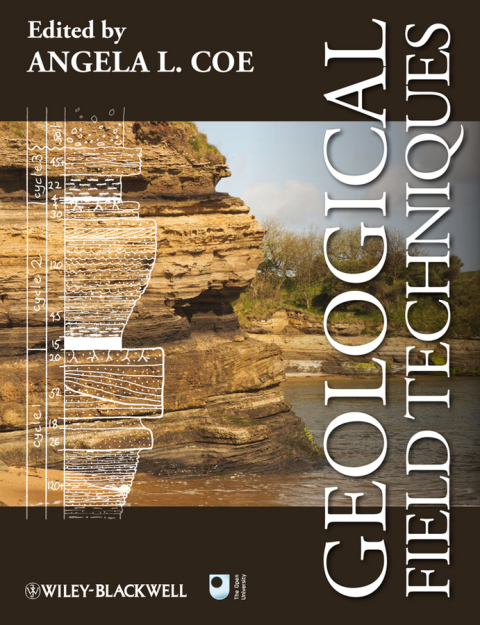Description
Efnisyfirlit
- Cover Page
- Frontmatter Page
- Title Page
- Copyright Page
- Preface
- Acknowledgements
- 1: Introduction
- 1.1 A selection of general books and reference material on geology
- 1.2 Books on geological field techniques
- 2: Field Equipment And Safety
- 2.1 Introduction
- 2.2 The hand lens and binoculars
- 2.3 The compass-clinometer
- 2.4 Global positioning systems and altimeters
- 2.5 Measuring distance and thickness
- 2.6 Classification and colour charts
- 2.7 Hammer, chisels and other hardware
- 2.8 The hardcopy field notebook
- 2.9 The laptop, netbook or PDA as a notebook
- 2.10 Writing equipment, maps and relevant literature
- 2.11 Comfort, field safety and field safety equipment
- 2.12 Conservation, respect and obtaining permission
- 2.13 Further reading
- 3: Introduction To Field Observations At Different Scales
- 3.1 Introduction: What, where and how?
- 3.2 Scale of observation, where to start and basic measurements
- 3.3 Overview of possible data formats
- 4: The Field Notebook
- 4.1 Introduction: The purpose of field notes
- 4.2 Field notebook layout
- 4.3 Field sketches: A picture is worth a thousand words
- 4.4 Written notes: Recording data, ideas and interpretation
- 4.5 Correlation with other data sets and interpretations
- 5: Recording Palaeontological Information
- 5.1 Introduction: Fossils are smart particles
- 5.2 Fossil types and preservation
- 5.3 Fossil distribution and where to find them
- 5.4 Sampling strategies
- 5.5 Estimating abundance
- 5.6 Summary
- 5.7 Further reading
- 6: Recording Features Of Sedimentary Rocks And Constructing Graphic Logs
- 6.1 Introduction
- 6.2 Description, recognition and recording of sedimentary deposits and sedimentary structures
- 6.3 Graphic logs
- 6.4 Rocks in space: Reconstructing sedimentary environments and their diagnostic features
- 6.5 Using sedimentary rocks to interpret climate change and sea-level change
- 6.6 Further reading
- 7: Recording Features Of Igneous Rocks
- 7.1 Equipment, basic tips and safety
- 7.2 Field relationships of igneous rocks
- 7.3 Mineralogy and small-scale textures of igneous rocks
- 7.4 Recent and active volcanoes
- 7.5 Further reading
- 8: Recording Structural Information
- 8.1 Equipment and measurement
- 8.2 Brittle structures: Faults, joints and veins
- 8.3 Ductile structures: Shear zones, foliations and folds
- 8.4 Further reading
- 9: Recording Features Of Metamorphic Rocks
- 9.1 Basic skills and equipment for metamorphic fieldwork
- 9.2 Textures
- 9.3 Mineralogy
- 9.4 Unravelling metamorphism and deformation
- 9.5 Further reading
- 10: Making A Geological Map
- 10.1 Principles and aims
- 10.2 Preparation and materials
- 10.3 Location, location, location
- 10.4 Making a field map
- 10.5 Mapping techniques
- 10.6 The geological map
- 10.7 Further reading
- 11: Recording Numerical Data And Use Of Instruments In The Field
- 11.1 Data collection
- 11.2 Transport and protection of the instruments
- 11.3 Correlation with other data sets
- 11.4 Further reading
- 12: Photography
- 13: Sampling
- 13.1 Selecting and labelling samples
- 13.2 Practical advice
- 14: Concluding Remarks
- 14.1 Further reading on scientific report writing
- References
- Appendix A1: General
- Appendix A5: Fossils
- Appendix A6: Sedimentary
- Appendix A7: Igneous
- Appendix A8: Structural
- Appendix A9: Metamorphic
- Appendix A10: Mapping
- Index






Reviews
There are no reviews yet.